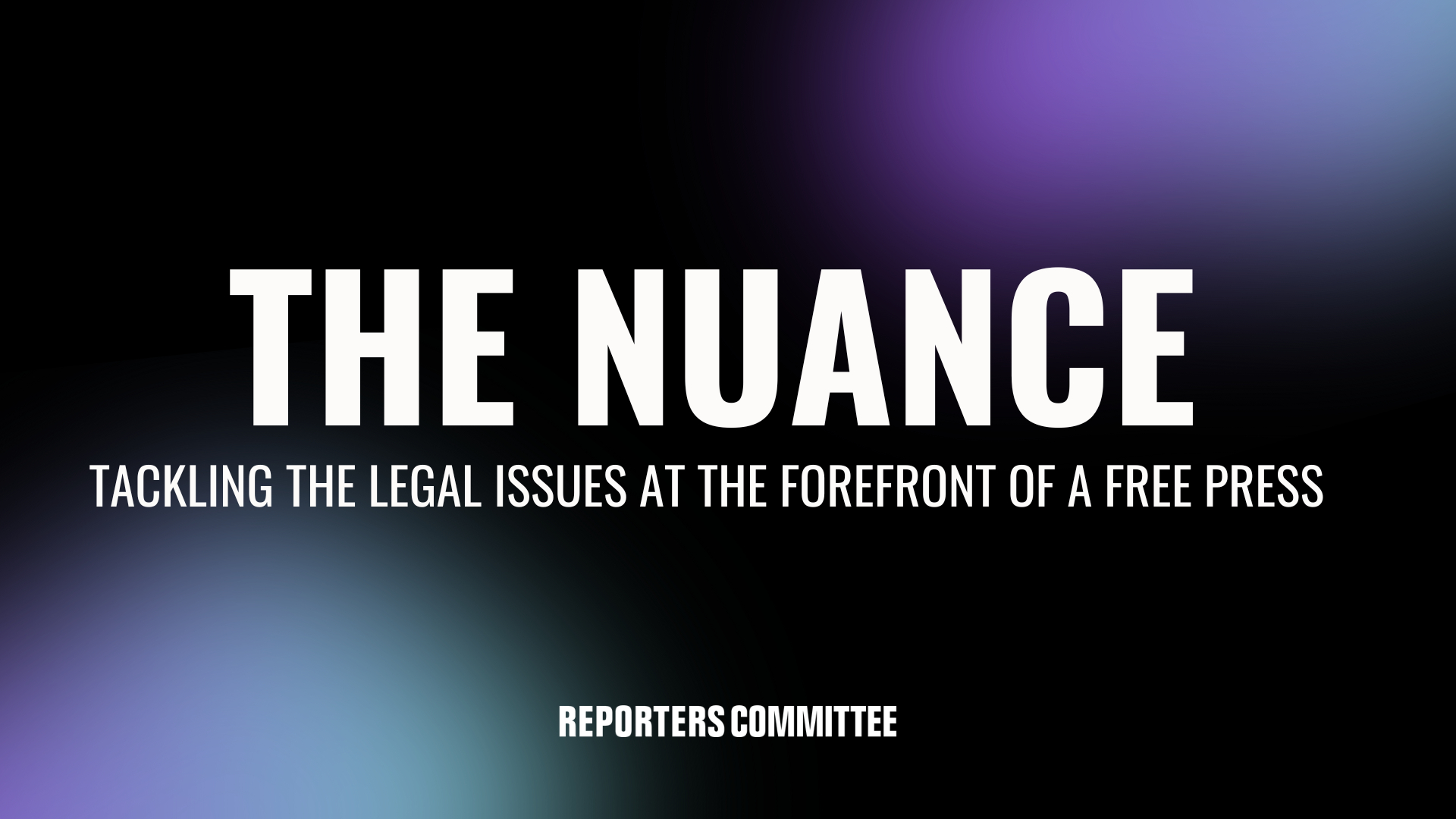RCFP, media coalition urge Supreme Court to make live audio permanent

Update: According to its website, the U.S. Supreme Court plans to continue hosting a live audio feed of oral arguments.
For much of the U.S. Supreme Court’s history, the opportunity to follow oral arguments in real time was limited to the 50 some-odd members of the public able to squeeze into the courtroom. That changed in 2020, when the justices — adapting to the COVID-19 pandemic — shifted to telephonic arguments and let the press and public tune in. This week, the Reporters Committee and a coalition of 62 media organizations sent a letter to Chief Justice John G. Roberts, Jr., urging the Court to make a permanent commitment to live audio.
By all measures, the Court’s experiment with live argument audio has been a runaway success. According to a tally put together last year by the Project on Government Oversight, more than 3.8 million listeners have engaged with the Court’s live feed — a mammoth audience for the justices’ immediate, unfiltered reactions to the cases before them. An even larger share of the public is able to connect with the Court’s live proceedings thanks to the journalists who can now incorporate live audio into their reporting. (Before 2020, broadcast reporters covering the Court would have to wait days for audio to become available, stripping any clips of their immediacy.)
If there was ever any disruption to fear in the move to live audio — in our view, there wasn’t — no such risks have been realized in the three years the justices have let the public in. Still, though, the Supreme Court has hesitated to make a durable commitment to the practice. In the early days of live audio, the Court would announce the availability of a livestream argument session by argument session. Last September, the Court inched forward with an announcement that live audio would be available for the October 2022 term as a whole. But the public shouldn’t have to wait on tenterhooks each year to learn if the justices will recommit to real-time transparency.
The Supreme Court’s leadership on this issue is especially urgent at a moment when other federal courts are weighing questions of public access themselves. As Fix the Court has documented, every federal court of appeals now provides live argument audio, and several — including the Ninth, Eleventh, and D.C. Circuits — do so as a matter of permanent policy. But in federal district courts, the Judicial Conference of the United States recently adopted an unfortunate policy trimming back the extent of the remote access the press and public enjoyed during the pandemic. The justices have an opportunity to model the key role that transparency plays in advancing the public’s understanding of — and faith in — the judicial process, at every level of the federal system.
We hope they take it.
Like what you’ve read? Sign up to get The Nuance newsletter delivered straight to your inbox!
The Technology and Press Freedom Project at the Reporters Committee for Freedom of the Press uses integrated advocacy — combining the law, policy analysis, and public education — to defend and promote press rights on issues at the intersection of technology and press freedom, such as reporter-source confidentiality protections, electronic surveillance law and policy, and content regulation online and in other media. TPFP is directed by Reporters Committee attorney Gabe Rottman. He works with RCFP Staff Attorney Grayson Clary and Technology and Press Freedom Project Fellow Emily Hockett.